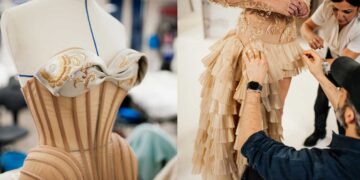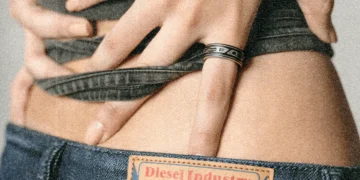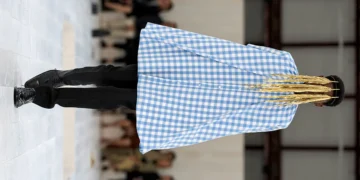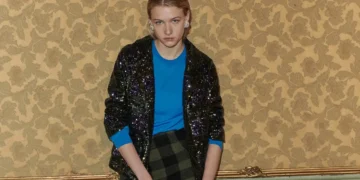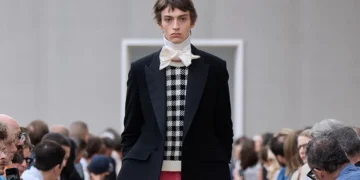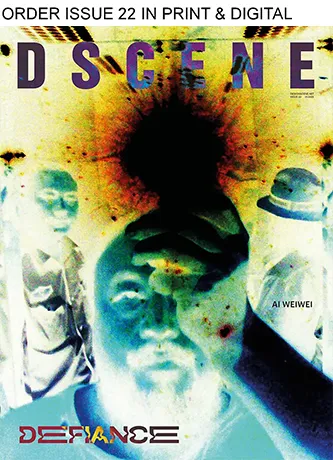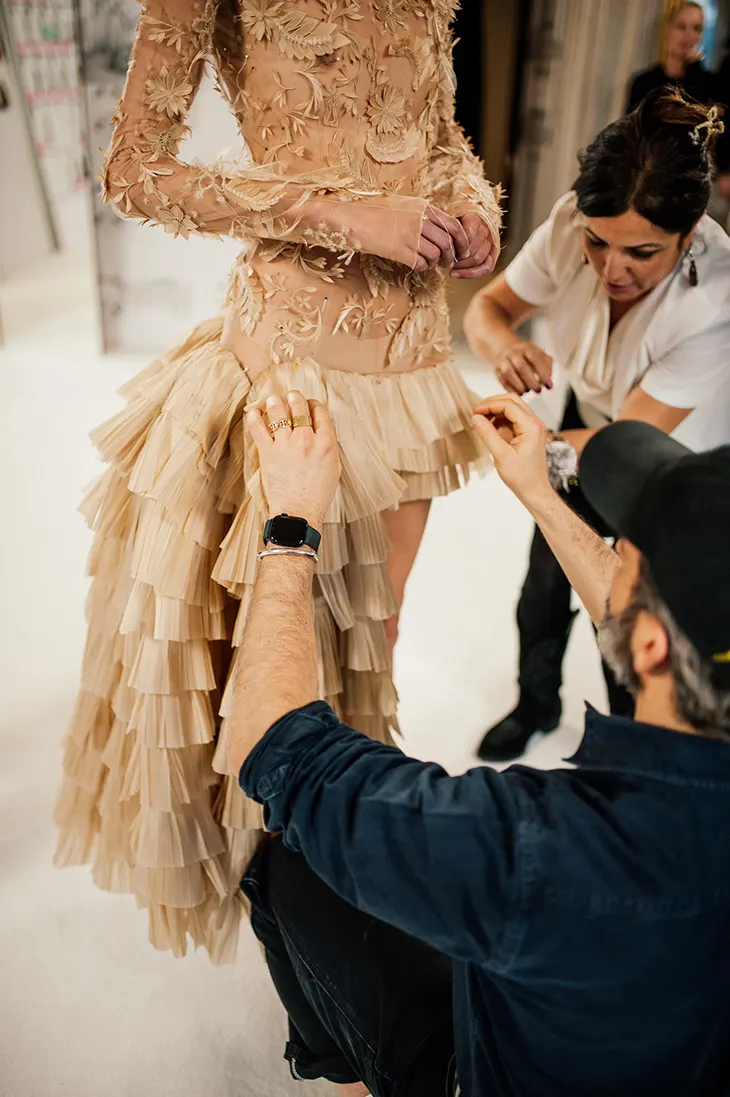
Fashion designers are not at risk of losing their jobs to AI, but the industry around them is shifting rapidly. New technologies are entering studios and workflows, fundamentally changing how collections are developed, reviewed, and presented. Artificial intelligence no longer serves as a distant idea or future possibility, it has become a working component in design processes, used to enhance output and reduce turnaround times. Still, it operates under human direction, serving as a sophisticated tool rather than a creative replacement.
The integration of AI in fashion design represents a practical evolution rather than a revolutionary disruption. Studios report increased efficiency in conceptual phases, faster iteration cycles, and reduced costs in early development stages.
From Sketch to Image in Seconds
Generative tools allow designers to input rough sketches or typed prompts and receive visual outputs in return. This sketch-to-image workflow accelerates early-stage ideation, offering variations in silhouette, color, or styling almost instantly. These images help teams visualize directions before committing to specific paths. Designers still select what works, discard what doesn’t, and modify promising results. The tool delivers speed, but not judgment.
Modern sketch-to-image platforms can process hand-drawn concepts within minutes, generating multiple interpretations that might take hours to produce manually. These outputs serve as starting points for deeper exploration, allowing design teams to test dozens of variations before settling on directions worth pursuing. The technology excels at producing volume, enabling rapid prototyping of ideas that previously required significant time investment.
Analyzing References with Image-to-Sketch
Equally transformative is the reverse process: converting images into sketches. With this capability, designers can analyze existing garments or reference materials and distill them into editable outlines. This is especially useful in archival research or trend analysis. Instead of manually tracing or re-drawing references, designers can now use image-to-sketch tools to extract shapes and patterns efficiently. These outlines then serve as the foundation for new ideas, annotations, or garment adjustments, preserving the designer’s control over how the elements evolve.
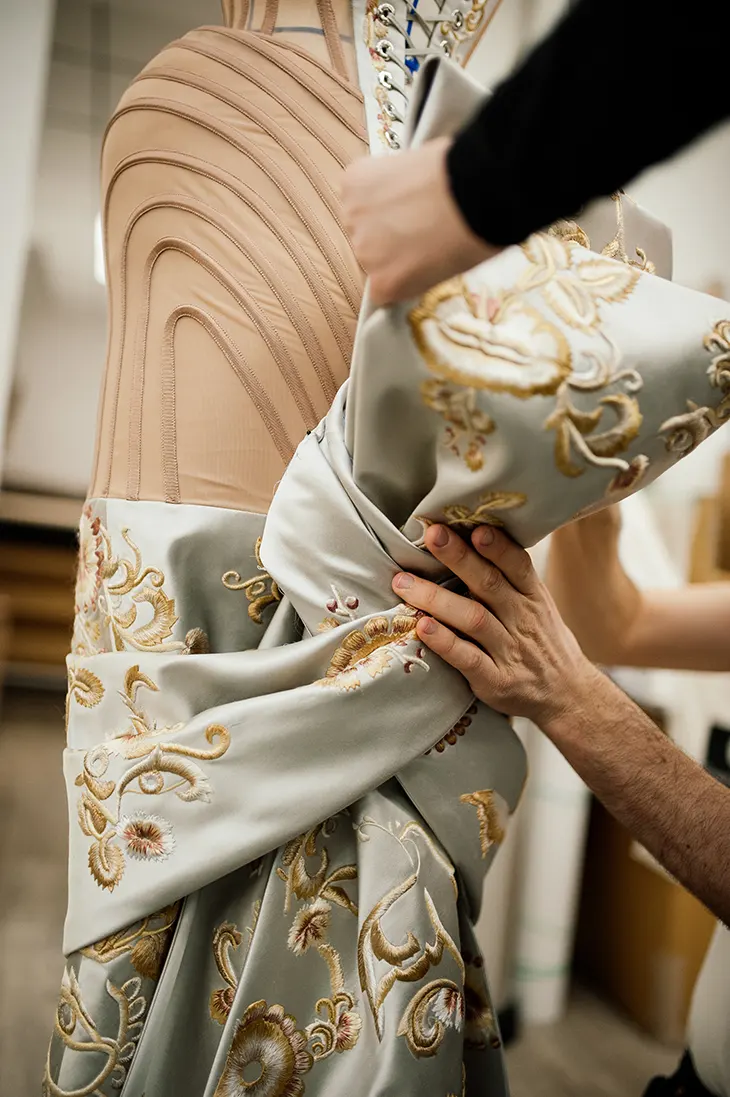
Materials Applied to Digital Garments
Another practical application of AI lies in textile simulation. Digital garments now come to life with added surface texture, weight, and material behavior. AI helps translate the properties of silk, cotton, or tulle into visual effects such ash wrinkling, sheen, or stretch, on screen. A designer can apply different weaves or finishes and preview how they affect the overall look. This use of AI narrows decisions before sampling, especially helpful when budgets or timelines limit how many fabric tests can be physically made.
Advanced simulation engines now account for fabric weight, drape characteristics, and even environmental factors like wind or movement. Designers can observe how different materials interact with specific silhouettes, identifying potential issues before ordering expensive samples. This capability has proven especially valuable for evening wear and structured garments where fabric choice significantly impacts the final aesthetic.
Virtual Try-Ons During the Design Process
Virtual try-on technology represents another significant step in streamlining the fashion development process. Originally developed for e-commerce, this tool now enters the design phase. Designers can place garments on digital avatars, observe proportions, and adjust sizing or detailing in real time. This level of preview helps reduce reliance on physical samples, which are both time-consuming and expensive to produce. Some platforms even offer photorealistic renderings of the try-on process, offering near-final visualization before committing to production. Still, each use of the tool requires designer input, from selecting the model shape to tweaking drape and fit.
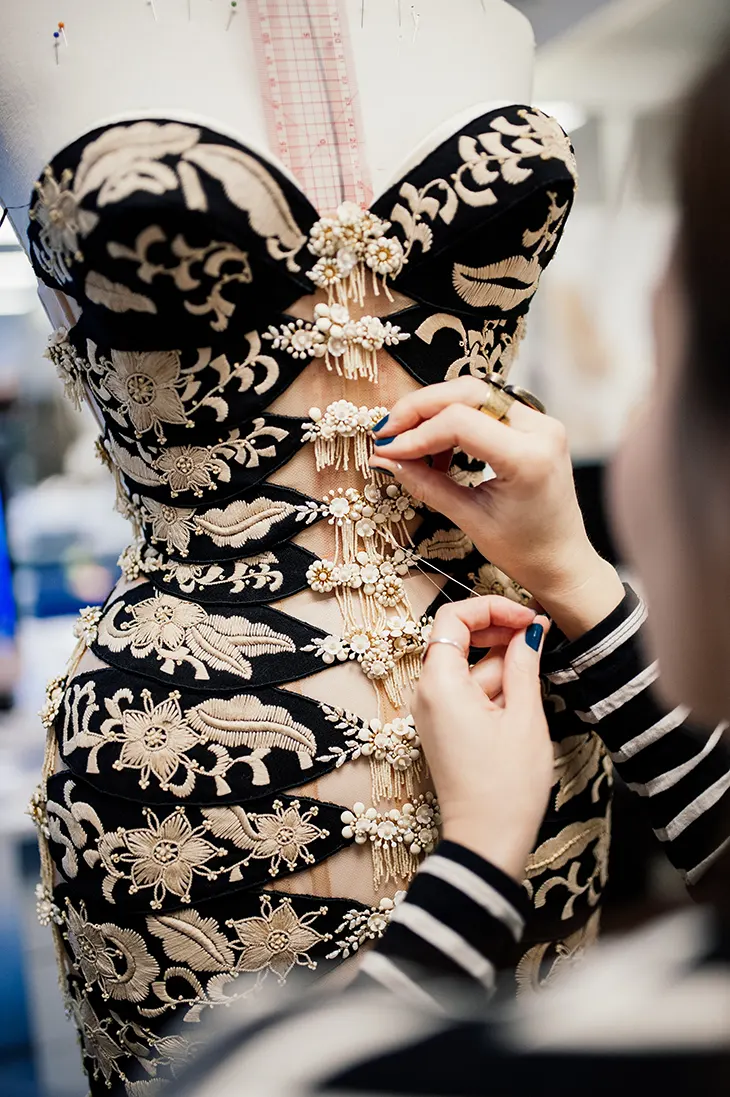
Human Context Drives Every Output
A growing number of platforms now offer access to these AI tools in fashion. Some focus on quick sketch rendering, others on fabric overlays or motion simulation. Among them, services like NewArc quietly support professionals who want high-efficiency outputs without giving up control. These platforms help reduce repetitive tasks, allowing more time for creative decisions, yet the tools remain just that, assistants under the direction of the user.
AI can generate variations, extract shapes, or simulate movement, but it lacks context. It does not interpret cultural signals, brand codes, or the emotional cues that define successful fashion. Designers make those choices. They determine when a silhouette feels wrong or when a detail strays too far from the concept. Without that filtering, the results may be fast but rarely useful.
The Future Remains Human-Centered
AI’s role in fashion will likely grow, especially as sustainability and market responsiveness become more urgent. But no algorithm can tell a complete story through clothing without a person guiding the narrative. The industry isn’t moving toward automation, it’s moving toward collaboration, where human ideas and machine outputs work in tandem. Design remains a creative act, and creativity cannot be outsourced.
Images from Inside Schiaparelli SS25 Through Kuba Dabrowski’s Lens – see full story here.
